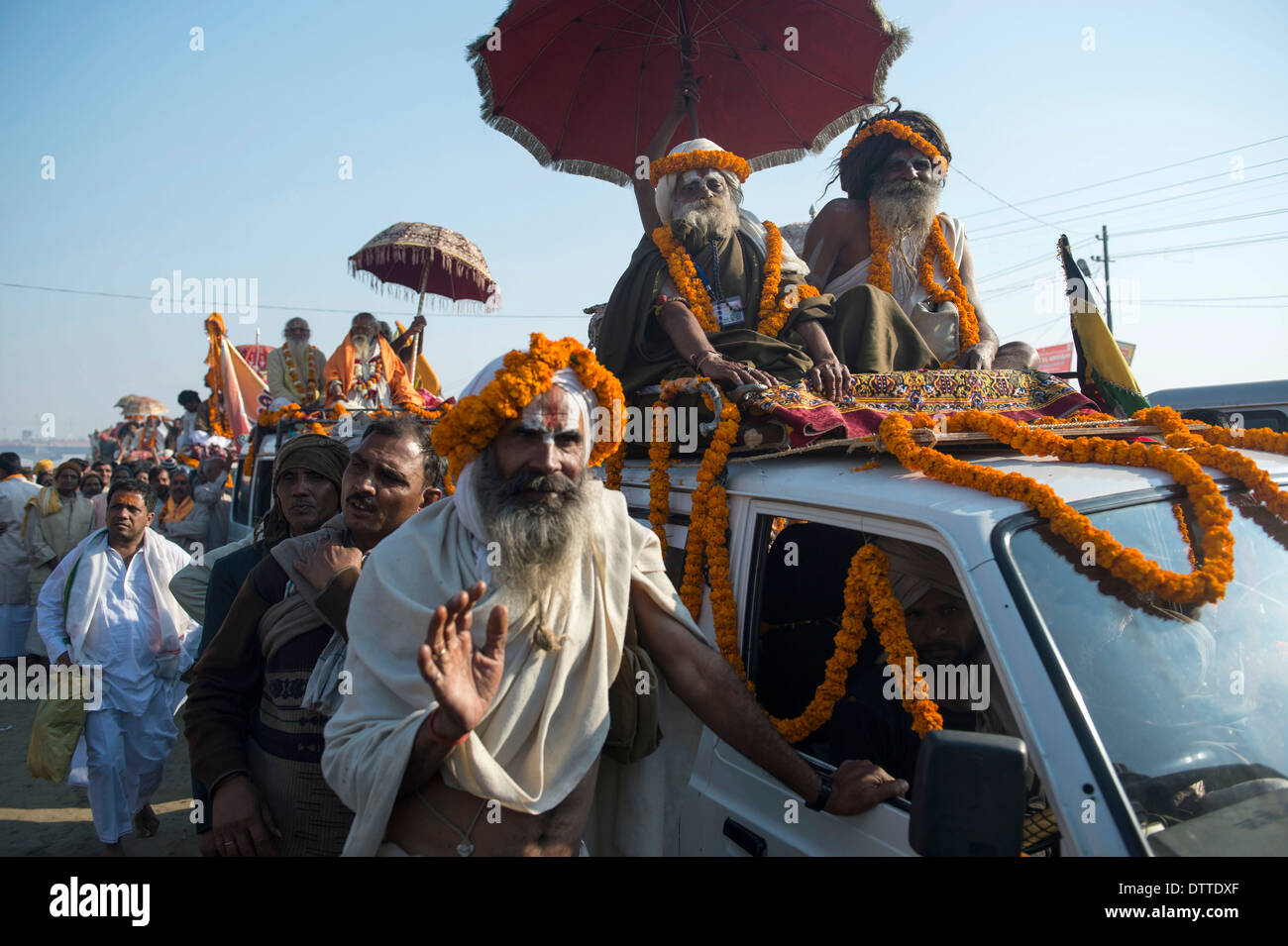
A special team of 10,000 sweepers have been pressed into service to keep the area clean.

Misra told reporters that arrangements had been made to ensure that the Ganges flowed "well and clean" during the major bathing days. Several rows of sand bags have been piled up on the three-km 'bathing stretch', said Mani Prasad Misra, the 'mela adhikari', in-charge of Kumbh 2013. "This is an electrifying moment," said a visibly elated 75-year-old Mokshanand from Vrindavan, who said he this was his seventh Kumbh in a row. Before they did so, the sadhus danced and threw garlands at the press gallery in gay abandon, waving to hundreds of followers on the other side.Ĭarrying silver tridents, maces, axes and swords, some of the sadhus with flowing beards told IANS that they felt on top of the world as they "touched mother Ganges". There was a mad frenzy in the foreign and national media, with photographers rushing to get winner shots of the naked, ash-smeared 'Naga' sadhus jumping into the chilly waters of the Ganges. APĪs the clock struck five Monday morning, heavily decked-up chariots, some in silver and gold, wound their way to the Sangam, with hundreds following in procession on foot, beating drums and blowing conch shells. The third stage is called ‘saddhu’ and this word describes all of those who have made that decision – a difficult one to turn back from.Naga Sadhus, run into the water at Sangam, the confluence of the Ganges, Yamuna and mythical Saraswati river, during the royal bath on Makar Sankranti at the start of the Maha Kumbh Mela in Allahabad. Naga Saddhus at the Maha Kumbh Mela 1 February 2013, the Maha Kumbh Mela, Allahabad Renouncing all claims to a worldly life is prescribed in India’s most ancient treatises as the next stage after a man has travelled through the stages of boyhood, learning, and family life as a working householder. At specific dates determined by the conjunction of Saturn in the House of Aries and the Sun in that of Capricorn, the Kumbh Mela is celebrated by dipping in the Holy Ganges river to purge oneself of sins in preparation for an end to the suffering of birth and rebirth. Naga Saddhus in Training 2 February, 2013, the Maha Kumbh Mela, Allahabad Naga saddhus are certainly the most compelling of the estimated 1.5 million holy men who would not miss this most auspicious of events on the Hindu holy calendar. This delightful scene captures two ageing saddhus comparing their rock crystal mala beads….their saffron robes and dreadlocks give them away as mendicant holy men, although these not of the ash-covered ‘Naga’ variety. Mala Bead Envy ? 3 February 2013 ‘Maha Kumbh Mela’, Allahabad Ordained by cosmic conjunctions and interpreted by ancient mystics, the Kumbh Mela is not just about salvation.

Stretching as far as the eye can see in three directions from the banks of the Ganges river.

ALLAHABAD MAHA KUMBH MELA PLUS
The Maha Kumbh Mela 4 February 2013, Maha Kumbh Mela, Allahabad Wearing nothing of animal origins, this elderly Naga saddhu uses wooden sandals with just a toe hold – incredibly uncomfortable ( I’ve tried!), as he wanders through the avenues of tents which house the 1.5 million saddhus, plus visitors and all the camp followers who make this Kumbh Mela the biggest single event which has ever taken palce on the face of the Earth. Just a day before one of the auspicious bathing days in 6 weeks of ritual bathings,Saddhus of every hue gather in the lament air of the Maha Kumbh Mela, an extraordinary once in 12 -years event held here at The Sangem – a swirling, bubbling confluence of the brownish,swiftly-flowing Ganges and the deep,emerald waters of the Narmada rivers leavened by the mystical Saraswati river whose presence makes itself felt by intermittent bubblings to the surface at a particular point in the confluence of the other two.

Saddhus Gathering 5 February 2013, Maha Kumbh Mela, Allahabad.


 0 kommentar(er)
0 kommentar(er)
